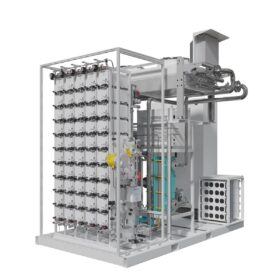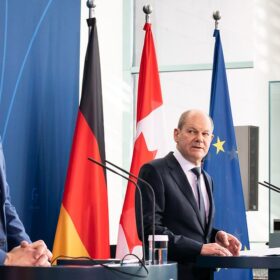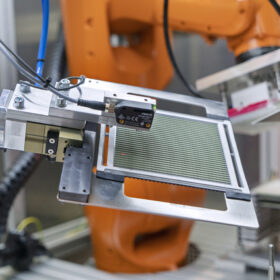The Hydrogen Stream: Companies to close 3 hydrogen stations in Germany
H2 Mobility’s live map has reported the planned closure of at least three hydrogen filling stations throughout Germany in the coming months, while the Japanese government has revealed plans to support the development of low-carbon aviation solutions, including hydrogen-combustion engines.
PV-driven green hydrogen may be sold in Australia at $2/kg by 2030
Australian researchers have calculated the levelised cost of green hydrogen under different installed capex scenarios for 2030. They also looked into the different possible sizing of PEM electrolyzers.
The Hydrogen Stream: Enapter secures 3 MW electrolyzer order
Enapter has secured four new orders for its AEM Nexus 1000 megawatt-class electrolyzer, while Fraunhofer IWU says it has started working on electron beam welding technology to overcome the speed limitations of laser beam scanner welding.
The Hydrogen Stream: Germany mulls Namibian hydrogen investment
The German government has confirmed the suitability of Hyphen’s hydrogen project in Namibia for potential investment, while Topsoe has completed a 2,000-hour demonstration of 12 solid oxide electrolyzer cell (SOEC) stacks.
Morocco allocates land for green hydrogen projects
Morocco has allocated 1 million hectares for green hydrogen projects as part of its national energy strategy. The country initially plans to provide 300,000 hectare to private investors, divided into lots of 10,000 to 30,000 hectares.
Electrolyzer prices – what to expect
In addition to the cost of electricity, the price of hydrogen depends largely on the up-front investment cost of the electrolyzer. The lower the full-load hours, the greater the impact. Analyst BloombergNEF (BNEF) sees a number of different possible pathways for the market to develop.
The Hydrogen Stream: Germany’s hydrogen strategy takes shape
Germany made progress with its hydrogen strategy, while Australia announced plans for a hydrogen feasibility study.
PV-driven water splitting system with solar-to-hydrogen efficiency of 9.8%
Scientists in Korea have built a green hydrogen system prototype that embeds a PV generation unit based on photoanodes made of perosvksite solar cells. The device purportedly achieved a solar-to-hydrogen efficiency of 9.8% for a device with a size of 0.25 cm2, and 8.5% for a system measuring 123.2 cm2.
The Hydrogen Stream: DNV launches hydrogen blending studies in North America
DNV has started working on blending feasibility studies in the Canadian province of British Columbia, while the US Department of Energy has announced $750 million in funding for 52 hydrogen projects across 24 states.
Thyssenkrupp, Fraunhofer IKTS to set up 1 GW of electrolyzer production by 2030
Thyssenkrupp nucera and Fraunhofer IKTS want to develop and mass produce electrolyzers based on solid oxide electrolyzer cell (SOEC) technology. They are now setting up a pilot plant in Germany that is scheduled to start operations in about a year.










